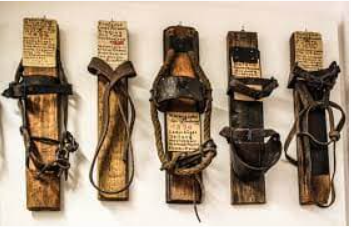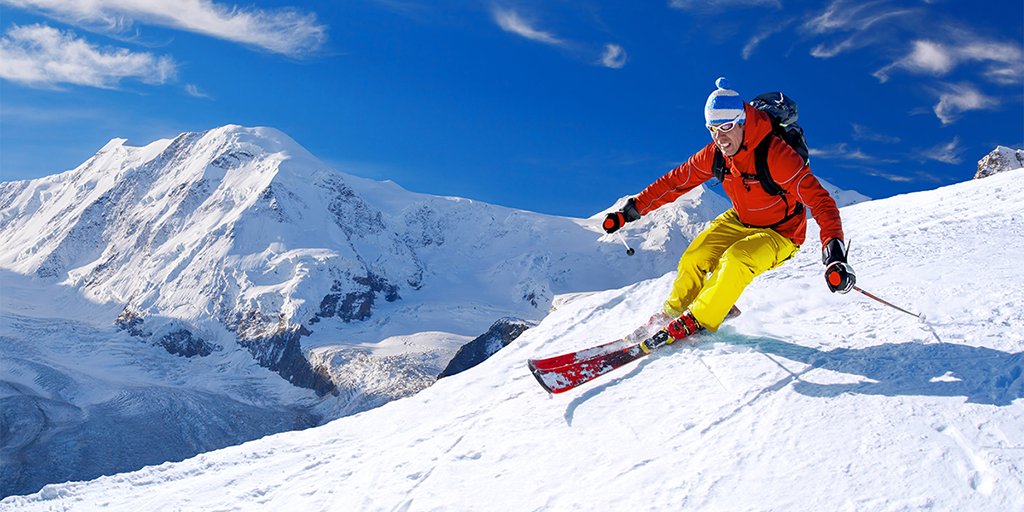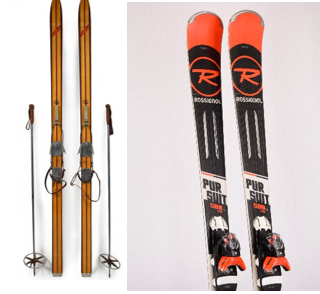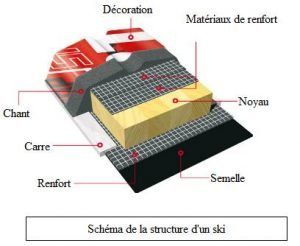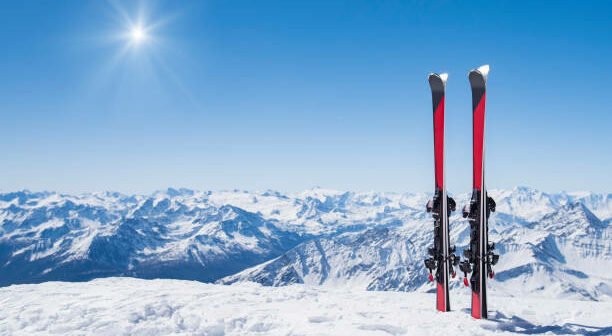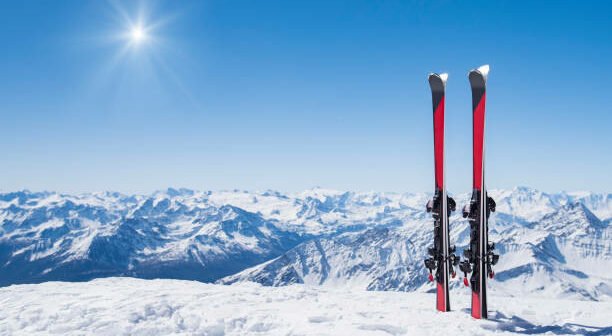
The evolution of skiing
Before the ski was used for pleasure and leisure, it was used for work and transport, especially in the Nordic countries, Siberia and the mountains of Central Asia. The oldest known version is a short, wide ski found in Sweden and dating back over 4500 years. However, some cave drawings suggest that skis were used much earlier.
Skiing becomes more popular over time
Skiing began to become popular throughout Europe in the early 1900s. Norwegian skis called "Telemark" were adapted to the hilly terrain of the country.
They were not suitable for other mountainous regions of Europe, such as the Alps, which are much steeper. This is how Alpine skiing as we know it today developed.
The popularity of skiing has grown since the 1900s, becoming a popular pastime in Europe in the 1920s and 1930s. The first Winter Olympics were held in Chamonix in 1924. This competition also led to the development of skiing.
The end of the 1930s marked a major boost for skiing in France with the creation of the famous organisation that still teaches thousands of people to ski each year, the Ecole du Ski Français (ESF). We agree, today there are many others.
This development is partly marked by the victories of the Frenchmen Emile Allais and James Couttet, great figures of skiing.
The arrival of new materials
The winter of 1950 marked the beginning of a new type of ski that not only did not give way under stress but also made it incredibly easy to turn.
The 1960s saw the invention of stop-skis, thus reducing accidents linked to the use of leashes (straps attached to the feet).
In 1964, the Rossignol Strato became the best-selling ski in the world. The assembly of all components, including the edges, was done in a single gluing-moulding operation with a press. This ski made its mark on skiers thanks to its wasp-like waist, which gave the sensation of turning on its own.
The ski industry therefore invested heavily in the 1970s and 1980s to improve materials and new vibration absorption technologies were found. Other work also focused on the size of the skis to be adopted, the location of the bindings etc...
With the practice of carving, the first parabolic skis finally appeared in the mid-90s and were very successful. At the same time, the first twin-skis were developed for more fun activities, the beginning of freestyle skiing and snow parks.
In the 2000s, the shape of the skis evolved further. There are now skis of varying sizes and widths to provide the best possible sensations for each type of skiing: racing, carving, freeride, freestyle, etc.
The latest big evolution is the "rocker", an innovation from the United States that consists of lengthening the tip of the nose. This makes it possible to float in powder snow and to pivot more easily, while maintaining a classic camber that gives good grip on the slopes.
Today, although a wood core is still the basis of many skis, research continues actively among ski manufacturers.
Skiing today
The manufacture of ski equipment has continued to develop to our great delight. Today we are lucky enough to be able to ski with equipment of unequalled reliability.
Nowadays, skiing has become an essential sport and leisure activity during the winter season. Every year, millions of people come to the ski resorts and take to the slopes. In this context, the French ski lifts are continually developing to offer optimal conditions to all skiers.


